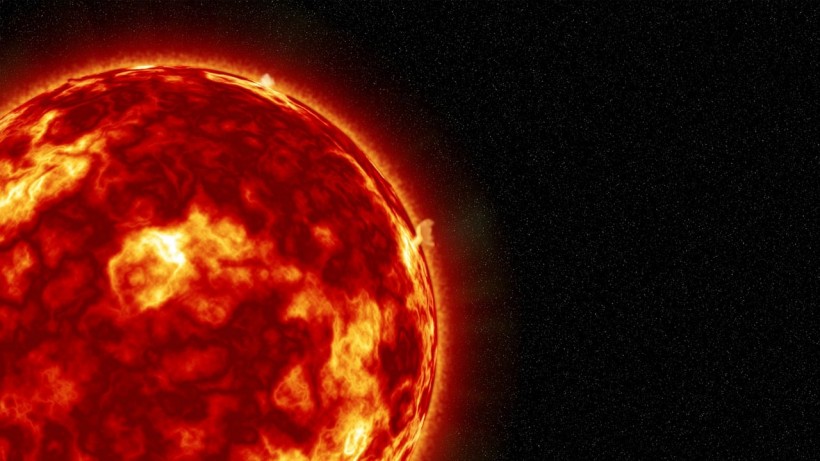NASA's Parker Solar Probe has achieved a great milestone as it became the first probe to fly through a coronal mass ejection (CME).
NASA Parker Solar Probe Flies Through Coronal Mass Ejection
The Parker Solar Probe, which is the closest probe to the sun and was deployed in August 2018, was able to spend two days inside a CME at a distance of 9.2 million kilometers from the surface of the Sun. The Earth is situated 150 million kilometers from the Sun, while Mercury, which is the Sun's closest planet, is situated 37 million kilometers from the solar surface.
A recently published study reveals that Parker was able to fly through a CME last September 22, 2022. As it did so, the spacecraft crossed through the shock waves.
This enabled Parker to observe the CME closely, with moments of the observation snapped by the Wide-field Imager for Solar Probe (WISPR). Nour Raouafu, a project scientist of the probe from the Applied Physics Laboratory (APL) of John Hopkins, explains that these CME observations are the closest ones they had to the Sun, adding that the researchers were never able to witness such a magnificent event from such a close distance.
The probe was able to pick up particles that accelerated as fast as 1,350 kilometers per second. This means that it has the same level as the Carrington Event, which is the most powerful solar storm that has ever been observed.
The good thing is that the Parker flew through a CME that was situated on the Sun's far side and did not face the Earth. Raouafi explains that these massive and fast CMEs could result in colossal damage.
ALSO READ: Coronal Mass Ejections (CMEs): Understanding the Solar Storms' Power
Coronal Mass Ejections
Coronal mass ejections are huge plasma and magnetic field expulsions from the Sun's corona. These tend to awake during solar flares.
These CMEs can expel coronal material that could weigh as much as billions of tons. They move away from the solar surface at a magnificent speed, ranging from nearly 250 kilometers per second to 3,000 kilometers per second. These CMEs can reach the planet within 15 to 18 hours, while slower-paced ones may take a couple of days to reach.
When CMEs face the Earth, they may lead to strong geomagnetic storms that could affect the Earth's very own magnetosphere. This, in turn, enables the ethereal appearance of auroras.
However, they may also severely disrupt functions on Earth, such as communication systems and satellites. Satellites that are Earth-orbiting, especially those with orbits that are highly geosynchronous, are particularly vulnerable to CMEs. Such events could also result in blackouts all over a particular continent, as they may also cause electrical current surges.
RELATED ARTICLE: NASA Warns of 'Internet Apocalypse' That May Leave People Without Connection for Months; Parker Solar Probe Tries To Prevent This From Happening
Check out more news and information on Space in Science Times.















